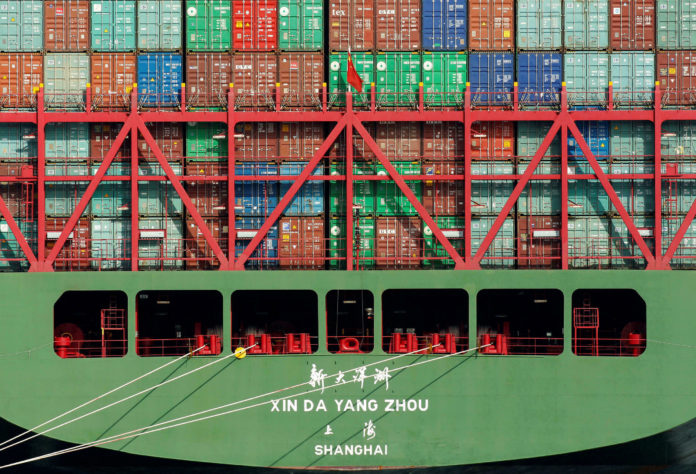The debate on evolving global politics cannot be divorced from China’s emerging role in the international system. Beijing’s global economic plans under the broader framework of the Belt and Road Initiative (BRI), which was formally known as One Belt One Road (OBOR), became the foundational stone of China’s global economic plans. The announcement of BRI in 2013 attracted the attention of international intellectual communities, and the intellectual circles of diverse backgrounds started studying the impact of Beijing’s economic rise on the world stage. As a result, a wide range of analyses appeared from different parts of the world on Beijing’s global infrastructure development strategy through creating an intercontinental trading network across the world. The book under review attempts to study the indigenous features of BRI and their worldwide promotion. Min Ye, the author of the book, adopts a different angle to study the BRI and its connections to the domestic financial infrastructure of China. Min Ye is a university professor at the Frederick S. Pardee School of Global Studies at Boston University and has served in educational institutions. Under various fellowship programs, Ye has proved her intellectual potential in Japan, South Korea, and Singapore. Yes primary research is about an interconnection between domestic and global politics parallel to an intersection between economics and security with an exclusive reference to China. The Belt Road and Beyond is a glimpse of Yes intellectual efforts and her distinctive way of studying various developments of international economic politics.
The book is divided into three parts (The Theory, The Strategies, and Sub-national Actors). These are further divided into eight brief chapters, and every chapter covers a different topic, respectively. The author starts the debate from the theoretical foundations of the study and ends the discussion on the global orientations of Beijing’s economic plans. In the initial part of the study, the author mentions some basic facts about her scholarly efforts, which she invested in for the completion of this study. She says it is a four-year research in and about China while addressing the role of state-mobilised globalisation mechanism. Additionally, it is an academic account investigating other economic models, like Western Development Program and China Global Strategy (p. xiii). So, an exclusive emphasis on the state-mobilised globalisation paradigm is the gravitational point of Yes academic investigation. She called the Chinese economic emergence and the worldwide expansion of BRI an attempt of Beijing for creating a “Chinese empire” on the global stage (p. 5). In the book’s introductory part, a brief review of literature related to the fundamental conception of state-mobilised globalisation provides varying levels of analysis maintained by different authors in their respective academic surveys. After formally discussing the core argument in the first part, the second part evaluates the process of economic transformation in western China through the prism of history. In contrast, the third part of the book focuses on the global plans of Beijing’s economic rise under the BRI. The arguments Ye has adopted throw a slightly critical lens on the role of political leadership, bureaucrats and several interest groups in integrating the domestic economic growth of China into the external markets. The journey to explore the potential of the external market for maximising the economic growth of China started from Xi Jinping’s ambition for cultivating a global network of trading routes. While structuring an inter-regional economic collaboration with different states across the globe, the author’s main argument indirectly analysed the geo-economic and geo-strategic implications of Beijing’s global trading designs. It is more appropriate to maintain that the arguments of Ye have examined the contribution of indigenous economic models of China in supporting and promoting Beijing’s grand economic strategy in the form of BRI. It is also considered an appropriate account for understanding levels of Chinese domestic models of economic growth and their support to launch global economic strategies. With the help of different sources of primary data through conducting different interviews (structured and open-ended), Ye attempted to validate her claims in the book. Moreover, the inclusion of different statistical pieces of evidence and the mentioning of several formal documents further enhances the legitimacy of the arguments in the book.

The combination of Chinese domestic politics and policy dynamics of Beijing’s global aspirations is the main line of investigation, making this study unique and exceptional. It is an appreciable addition to the existing literature on China’s economic rise through BRI, which could be considered an appropriate study to comprehend the ongoing economic ambitions of Beijing. Moreover, it is an opposite study for the policymakers and academic scholars interested in understanding China’s emerging economic plans in the world.





